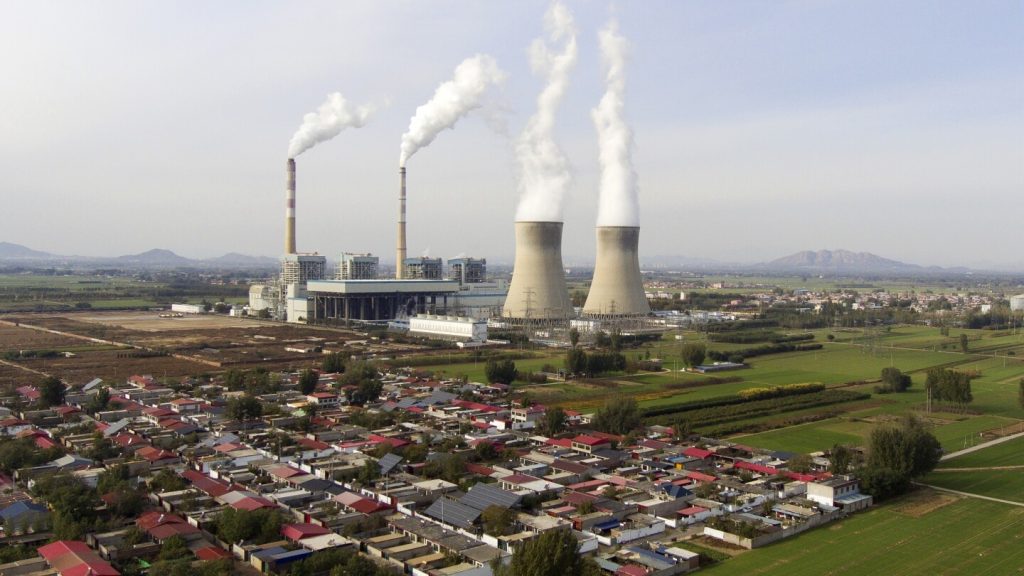Approvals for new coal-fired power plants in China have decreased significantly in the first half of the year, according to a recent analysis. Greenpeace East Asia found that only 14 new coal plants were approved with a total capacity of 10.3 gigawatts, a drastic drop from the previous year. This decline comes after a surge in approvals in 2022 and 2023, which raised concerns about the country’s commitment to reducing carbon emissions. While China leads in solar and wind power installations, authorities argue that coal plants are still necessary for meeting peak energy demands.
The sharp decrease in coal plant approvals has sparked discussion about a potential turning point in China’s energy transition. Gao Yuhe from Greenpeace East Asia raised the question of whether provinces are slowing down approvals because of the high number of projects already approved, or if this signals a shift away from coal power. The government-affiliated think tank Shanghai Institutes for International Studies collaborated with Greenpeace on the analysis, suggesting a growing awareness of the need to address climate change and reduce reliance on coal.
China has been experiencing more extreme weather events, prompting government warnings about the impact of climate change. The Ministry of Water Resources reported a record number of significant floods in major rivers this year, with the death toll rising in Hunan province due to landslides and flash flooding. While southern China is accustomed to seasonal flooding, unexpected heavy rainfalls in historically drier regions like the northeast have caused power outages and evacuations. These incidents underscore the urgent need for sustainable energy solutions to mitigate the effects of climate change.
In response to the challenges posed by climate change, the Chinese government has unveiled plans to reduce carbon emissions and accelerate the transition to renewable energy sources. The National Energy Administration introduced a three-year plan to upgrade existing coal power units and incorporate low-carbon technologies in new constructions. Additionally, a recent government plan aims to address bottlenecks in expanding renewable energy transmission, highlighting the importance of enhancing grid connectivity for wind and solar power. Despite coal’s current dominance in China’s electricity production, there is growing support for shifting towards cleaner energy sources.
Officials in China acknowledge the importance of coal in ensuring energy security, but also emphasize the need to invest in renewable energy alternatives. While coal currently accounts for over 60% of the country’s electricity generation, there is a push to prioritize the connection of wind and solar power to the grid over building more coal plants. China is also exploring nuclear power as a part of its efforts to meet carbon reduction targets. The State Council recently approved five nuclear power projects with 11 units, signaling a commitment to diversifying the country’s energy mix. With ongoing efforts to reduce emissions and promote sustainable energy development, China is taking steps towards a greener future.


